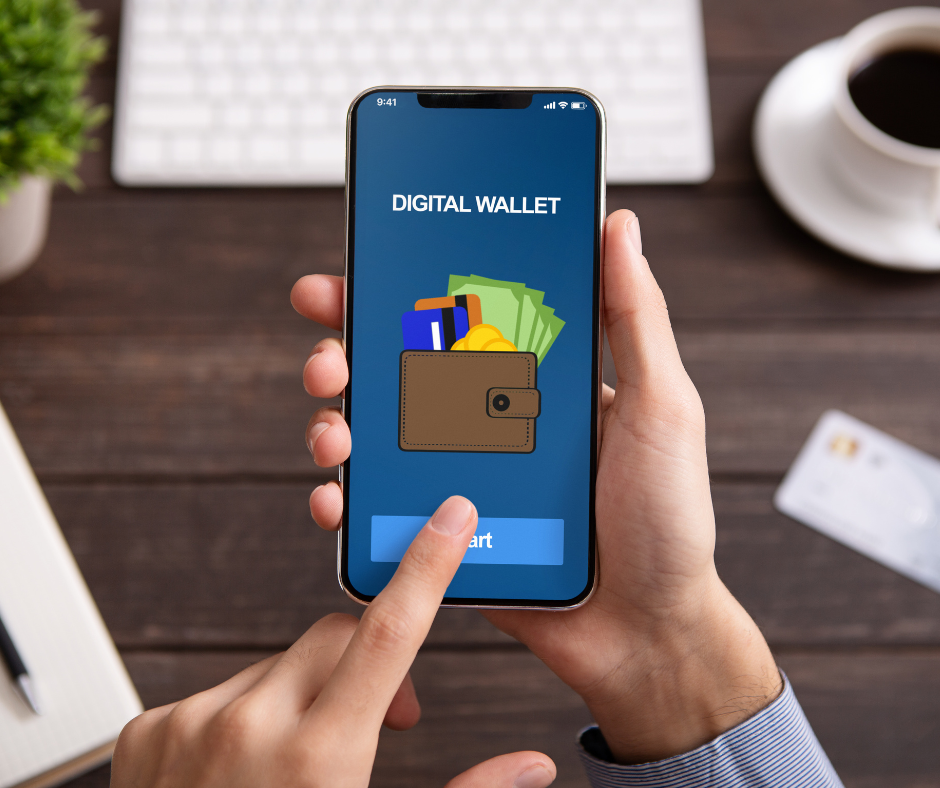Virtual Wallets : The Future of Payments for Seamless Transactions

Virtual Wallets : The Future of Payments for Seamless Transactions
Amid the ongoing ‘wallet wars,’ virtual wallets are emerging as integral to the payments system. Whether it’s a digital wallet linked to a payment card or an eWallet with deposited funds, their popularity is evident. Juniper Research forecasts a 60% global digital wallet adoption by 2026.
In the evolving payments landscape, can virtual wallets establish themselves as dominant players? Will they shape the future of payments, or are they poised to fade away as a passing trend?
Global-scale adoption
A study by Facts & Factors forecasts the global value of mobile payments to reach $607.9 billion by 2030, with a 35.5% CAGR from 2023 to 2030. However, conflicting data from GlobalData suggests even higher potential, projecting the Indian market to exceed $5 trillion by 2027. Despite varied predictions, analysts unanimously agree on the imminent surge in virtual wallet usage in the coming years.
The excitement surrounding virtual wallets is evident, propelled by a multitude of advantages fueling their extensive adoption. They are making significant strides, providing users with convenience, enhanced customer experiences, and contributing to the thriving landscape of eCommerce and eRetail.
Global potential
Deloitte’s recent research indicates that nearly every developed nation boasts smartphone penetration exceeding 90%, presenting an opportunity for virtual payment wallet adoption. Despite this, except in China, the current usage of smartphones for payments remains below 15% in these countries, attributed to security concerns and perceived lack of benefits. However, this untapped potential suggests that addressing these issues could propel virtual wallets into mainstream acceptance, revolutionizing the payment landscape.
Tech giants are popularizing virtual wallets
As leading tech companies promote the widespread use of virtual wallets, public acceptance of these payment methods is on the rise. With user-friendly platforms from industry giants such as Apple and Google, consumers are increasingly comfortable with these convenient options. Additionally, as more businesses, including Netflix and public transportation services, adopt mobile payments, the use of virtual wallets is becoming standard practice.
Renowned for its sophisticated designs, Apple is making a significant impact in the virtual wallet arena through its widely used Apple Pay. Emerging as a key player in eCommerce payments, the platform is accepted by 85% of US merchants. While in-store transactions using Apple Pay had a gradual start, there is now a noticeable shift in momentum.
Surfing the Virtual Wallet Trend
As per a 2022 ACI Worldwide report titled “Prime Time for Real Time,” over 50% of global consumers currently possess and actively utilize a mobile wallet. While certain analysts propose that the utility of virtual wallets may have peaked, there is a shifting trend favoring digital wallets, driven by their increasing convenience in payment processes.
Moreover, there exists a strategic opportunity for banks to vie with Big Tech in the virtual wallet realm. Instead of concentrating solely on payment functionalities, banks should emphasize identity aspects and broaden the ecosystem associated with their wallets. This approach has the potential to revolutionize payments within virtual wallets, establishing a fundamental connection with the user’s identity and potentially contributing to Know Your Customer (KYC) and Customer Due Diligence (CDD) processes.
As the popularity of virtual wallets grows, consumer trust will follow suit. However, sustaining this trust necessitates robust security measures encompassing real-time and instantaneous payment rails. Prioritizing anti-fraud measures becomes crucial in safeguarding users’ sensitive information and financial transactions.
Contact us at the Consulting WP office nearest to you or submit a business inquiry online.

